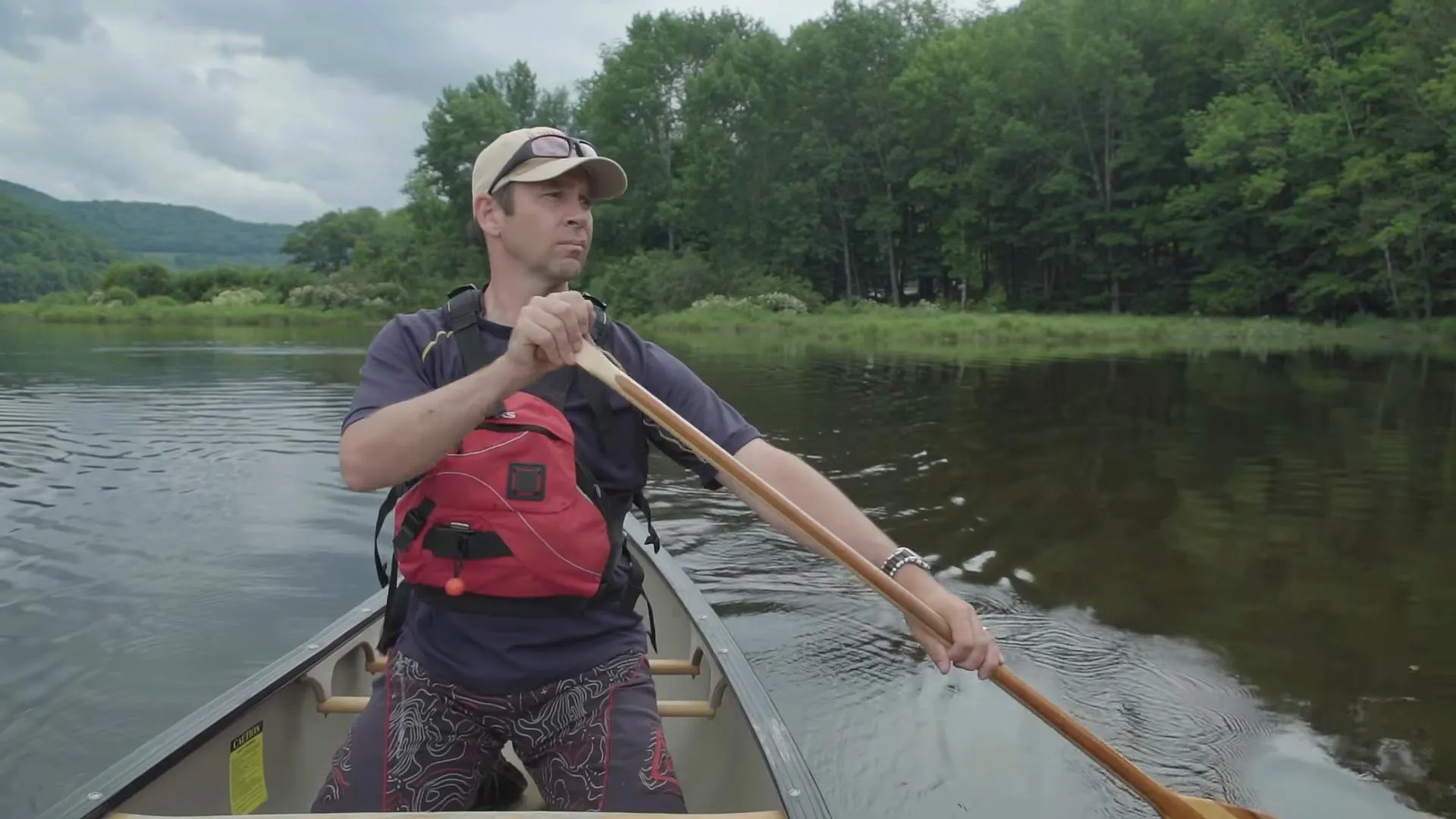Are you ready to take your canoeing skills to the next level with Canoe Strokes? Mastering the right strokes can make all the difference in your paddling experience. But, what are the essential canoe strokes that every paddler should know? In this article, we’ll dive into the world of canoeing and explore the three key strokes that will make you a more competent and safer paddler.
Canoeing is a popular activity that can be enjoyed by people of all ages and skill levels. However, taking the time to learn a few key strokes can make a significant difference in your paddling experience. With the right strokes, you’ll be able to navigate through calm and rough waters with ease, and you’ll be more equipped to deal with wind and waves.
So, what are the three key strokes that every paddler should know? Let’s take a closer look.
Canoe Strokes: The J Stroke
The J stroke is a forward stroke that allows you to keep the boat going straight while paddling on one side of the canoe. This stroke is essential for maintaining direction and stability while paddling. To perform the J stroke, start by paddling forward, then twist your top control hand thumb forward and down while pulling the same hand inward. This will create a prying action that counters the natural turning effect of the forward stroke.
Key Takeaways:
* The J stroke is a forward stroke that allows you to maintain direction and stability.
* To perform the J stroke, twist your top control hand thumb forward and down while pulling the same hand inward.
* The J stroke is essential for solo paddlers and tandem paddlers who want to maintain direction and stability.
The Draw Stroke
The draw stroke is a maneuvering stroke that is used to move a canoe sideways or in tandem. This stroke is essential for launching and landing, positioning, and performing rescues. To perform the draw stroke, position the paddle to the side of the canoe adjacent to your hip, with your arms extended and your torso rotated to face the paddle. Pull the paddle towards your body, and finish the stroke by slicing the paddle out of the water towards the stern.
Key Takeaways:
* The draw stroke is a maneuvering stroke that is used to move a canoe sideways or in tandem.
* To perform the draw stroke, position the paddle to the side of the canoe adjacent to your hip.
* The draw stroke is essential for launching and landing, positioning, and performing rescues.
Canoe Strokes: The Stern Draw and Stern Pry
The stern draw and stern pry are two essential strokes for solo paddlers and tandem paddlers who want to initiate turns or keep the boat going straight. The stern draw is used to turn the canoe in the opposite direction, while the stern pry is used to keep the boat going straight. To perform the stern draw, plant the paddle blade behind you and away from the side of the canoe, then push your top control hand across the canoe while pulling your lower shaft hand back and towards the stern of the canoe.
Key Takeaways:
* The stern draw and stern pry are essential strokes for solo paddlers and tandem paddlers.
* To perform the stern draw, plant the paddle blade behind you and away from the side of the canoe.
* The stern pry is used to keep the boat going straight.
Conclusion
Mastering the right canoe strokes can make all the difference in your paddling experience. By learning the J stroke, draw stroke, and stern draw and stern pry, you’ll be able to navigate through calm and rough waters with ease, and you’ll be more equipped to deal with wind and waves. Remember to practice these strokes regularly to improve your paddling skills and stay safe on the water.
For more information on canoe strokes, check out the following resources:
* Five Essential Canoe Paddle Strokes
* Canoe Strokes
By following these tips and practicing regularly, you’ll be well on your way to becoming a more competent and safer paddler. Happy paddling!



